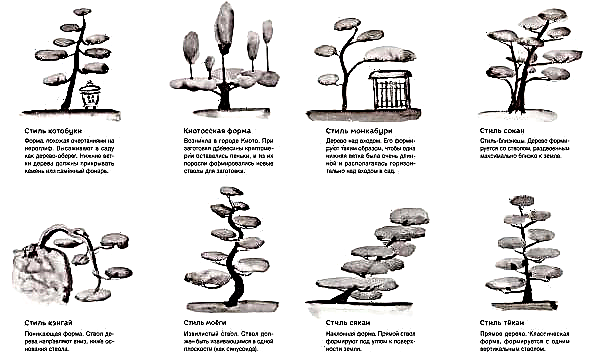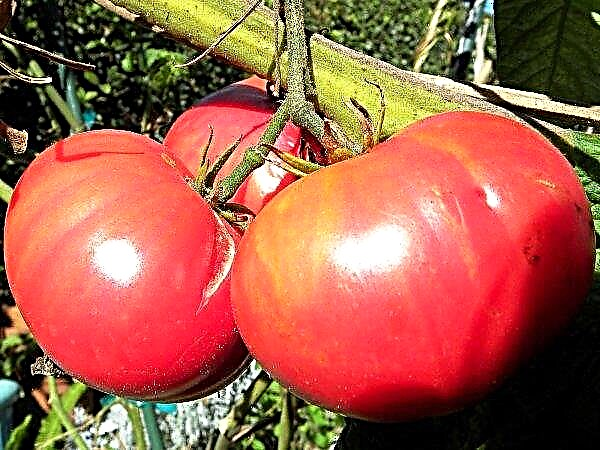Fusarium is a dangerous and very common plant disease. The causative agents of the disease saturate the grain with mycotoxins, making it unsuitable and even dangerous when consumed as food or as animal feed.
A disease can affect different parts of a plant at different stages of its development. Spike infections usually occur in warm, humid weather, when the air temperature is above + 20 ° C. Weakened plants are especially easily affected.
Grain infected with Fusarium infection has a characteristic light greenish-gray color with pink-red spots. In some cases, the grain may look healthy. With a latent infection, it looks common, but laboratory tests reveal mycelium pathogens in its endosperm. Under such conditions, the grain will gradually acquire a pinkish tint, lose its surface luster and become puny.
The presence of toxins in the grain cannot be determined without laboratory equipment. Harmful substances in the processing of grain fall into flour and products from it. Scientists have proven that when making bread from Fusarium grain, the content of mycotoxins not only does not decrease, but can also increase in interaction with yeast.
In humans, poisoning with products that have mycotoxins manifests itself in vomiting and damage to the central nervous system. Pigs fed with infected grains reduce reproductive function, lose weight and refuse to eat. In birds, Fusarium grain causes ulcerative stomatitis, epidermal necrosis, damage to internal organs, and decreased productivity. Birds begin to refuse such food. Fusarium can be controlled by using fungicides.












